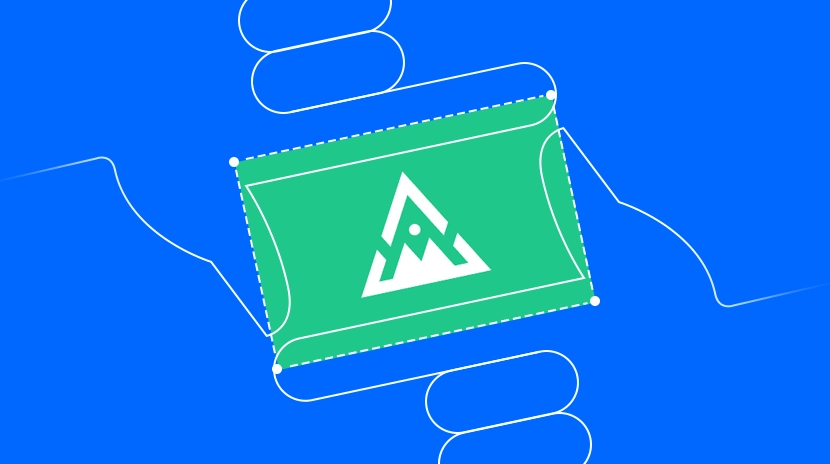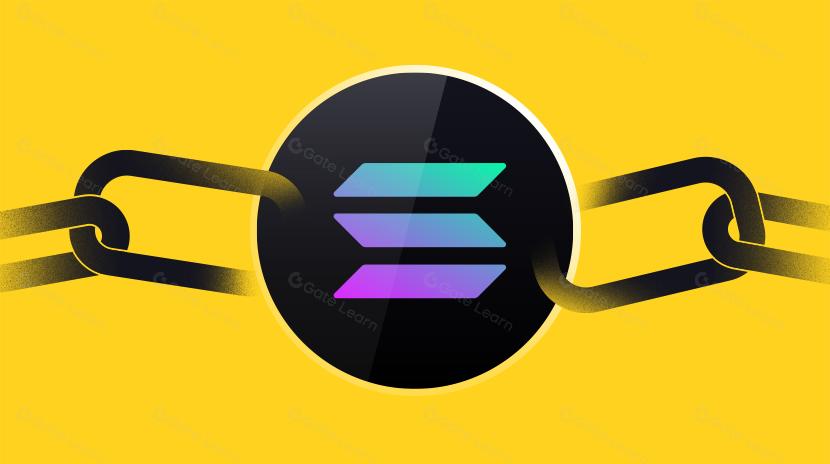permisionless

Permissionless blockchain is an architectural design of blockchain networks where anyone can freely participate in network activities without requiring authorization or approval from centralized entities. This design philosophy aligns with the core value proposition of blockchain technology's decentralization, allowing users to independently verify transactions, participate in mining (or staking), run nodes, or deploy smart contracts, thus achieving a truly open network ecosystem. Bitcoin, as the first successful permissionless blockchain, has demonstrated the immense potential of this architecture in maintaining network security and fostering innovation.
Background: The Origin of Permissionless Blockchain
The concept of permissionless blockchain originated from Satoshi Nakamoto's Bitcoin whitepaper published in 2008, although the term "permissionless" was not explicitly used at that time. The core idea behind Bitcoin's network design was to create a trustless electronic cash system where anyone could freely join and participate in its maintenance.
This concept stands in stark contrast to traditional financial systems, which typically require various forms of permissions and regulatory scrutiny. As blockchain technology evolved, the distinction between permissionless and permissioned (requiring authorization) became more pronounced, especially after the rise of enterprise blockchains in 2015, when permissionless became a key characteristic describing open blockchains.
Ethereum further expanded the concept of permissionless blockchains by applying it to a smart contract platform, allowing anyone to freely deploy decentralized applications without requiring approval. This laid the foundation for the explosive growth of the permissionless blockchain ecosystem.
Work Mechanism: How Permissionless Blockchains Operate
The core working mechanism of permissionless blockchains is based on several key design principles:
-
Open Participation: Anyone with compatible devices and internet connectivity can download the blockchain client and become a network participant without going through any approval process.
-
Consensus Mechanisms: Security is ensured through economically incentivized consensus algorithms (such as Proof of Work or Proof of Stake) that make attacks more costly than potentially profitable.
-
Public Verification: All transaction and block data are open to all participants, allowing each node to independently verify transaction legitimacy without relying on central authorities.
-
Economic Incentives: Native token rewards (such as mining rewards or staking yields) incentivize participants to maintain network security and stability.
-
Code as Law: Protocol rules are defined by code and executed transparently, with network upgrades typically implemented through consensus of the majority of participants rather than by central entities.
-
Globally Distributed Nodes: Nodes can be located anywhere in the world, significantly enhancing the system's censorship resistance and resilience.
Risks and Challenges of Permissionless Blockchains
Despite offering unprecedented openness, permissionless blockchains face a series of unique challenges:
-
Scalability Issues: Due to the requirement for all nodes to reach consensus and store the complete ledger, permissionless blockchains often face limitations in transaction processing speed and cost.
-
Governance Difficulties: The absence of central authority makes protocol updates and dispute resolution complex, potentially leading to community splits and hard forks.
-
Regulatory Challenges: The completely open nature makes permissionless blockchains difficult to fit within traditional financial regulatory frameworks, especially regarding anti-money laundering and know-your-customer requirements.
-
Energy Consumption: Proof of Work-based permissionless blockchains (like Bitcoin) consume significant energy, raising environmental sustainability concerns.
-
User Experience Barriers: The lack of centralized support services creates high entry barriers and error risks for average users, such as permanent asset loss due to private key mismanagement.
-
51% Attack Risk: Theoretically, attackers with sufficient computing power or stake could control the network and rewrite transaction history.
Innovators and communities in the permissionless blockchain space are actively exploring various solutions, such as layer-two scaling, new consensus algorithms, and improved governance mechanisms, to overcome these challenges.
Permissionless blockchains represent the purest expression of blockchain technology, with the potential to bring revolutionary changes to global financial and technical systems. By eliminating barriers to participation and intermediaries, these systems provide the technological foundation for creating truly global, borderless economic infrastructure. While permissionless systems still face challenges in scalability, governance, and regulation, their core idea—providing equal economic participation rights for everyone—is driving the development of a new generation of financial applications and services. As the technology continues to mature, permissionless blockchains are poised to play a key role in the digital economic transformation, providing financial services to billions of unbanked people and creating a more open and efficient global value exchange network.
Related Articles

In-depth Explanation of Yala: Building a Modular DeFi Yield Aggregator with $YU Stablecoin as a Medium

The Future of Cross-Chain Bridges: Full-Chain Interoperability Becomes Inevitable, Liquidity Bridges Will Decline
